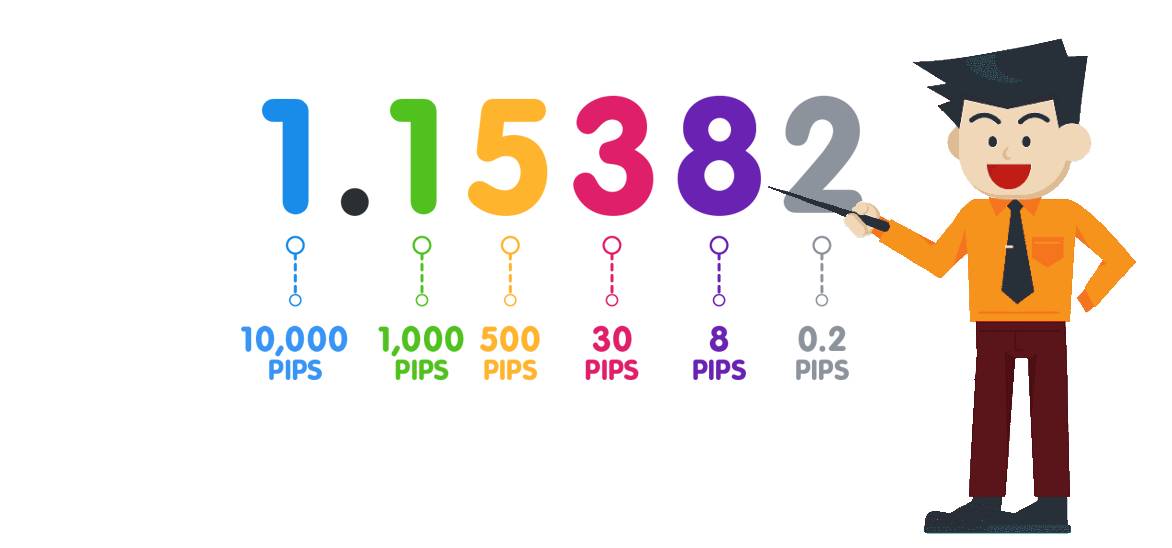Understanding Pips in the World of Forex Trading
Image: anvawork.blogspot.com
Pips, an abbreviation for ‘percentage in points’, are the fundamental units of measurement used to calculate the value of currency movements in the forex market. Each pip represents a fractional change in the exchange rate between two currencies. Pips play a critical role in understanding the profitability of trades and managing risk exposure. In this article, we will delve into the world of pips, exploring their significance and how they affect trading strategies.
Historical Evolution and Significance of Pips
The history of pips can be traced back to the days of manual forex transactions. Before the advent of electronic trading, foreign exchange rates were quoted using a series of fixed intervals. These intervals were initially denoted by 1/100th of a percentage point but were later simplified to 1/10000th, resulting in the term ‘pip’. With the introduction of electronic trading in the 1990s, the pip became the standard unit for measuring currency fluctuations.
Pips represent the smallest unit of price change that can be traded, ensuring that even minute movements in exchange rates can be captured and capitalized upon. These minute changes, though seemingly small, can accumulate over time, influencing the overall profitability of a trade. Traders need to be cognizant of these pip values to effectively manage their risk and maximize gains.
Calculating Pip Value
The value of a pip is determined by the size of the trade and the currency pair being traded. The calculation is relatively straightforward:
1 Pip = (Pip Value per Currency) x (Number of Currency Units Traded)
For instance, consider a trade involving 10,000 units of EUR/USD, and the pip value per USD is 0.0001. In this case, the pip value for a 1-pip change would be:
1 Pip = (0.0001 USD) x (10,000) = 1 USD
Therefore, every 1-pip movement in the EUR/USD exchange rate will result in a gain or loss of 1 USD for this particular trade.
The Role of Pips in Forex Trading Strategies
Understanding pips is crucial for implementing effective forex trading strategies. Traders can calculate potential profit or loss by determining the number of pips a currency pair is expected to move within a specific time frame. For instance, a trader who expects the EUR/USD to rise by 50 pips within the next hour may consider entering a buy position, speculating on a potential gain of 50 pips.
Additionally, pips play a vital role in setting stop-loss and take-profit orders. Stop-loss orders are used to limit potential losses by automatically closing a trade when a predetermined pip value is reached. Take-profit orders, on the other hand, are employed to secure profits by closing a trade when a specific number of pips has been gained.

Image: www.backtestmarket.com
How Much Is A Pip Worth
Impact of Currency Pairs and Leverage on Pip Value
The value of each pip is not the same across all currency pairs. High-value currencies, such as the Japanese Yen (JPY), have a smaller pip size compared to low-value currencies like the Indonesian Rupiah (IDR). This difference in pip size needs to be considered when calculating potential gains and losses.
Furthermore, the use of leverage, which involves borrowing funds to increase trading capital, can also affect the value of each pip. By using leverage, traders can gain exposure to larger positions, magnifying both potential profits and losses propor







